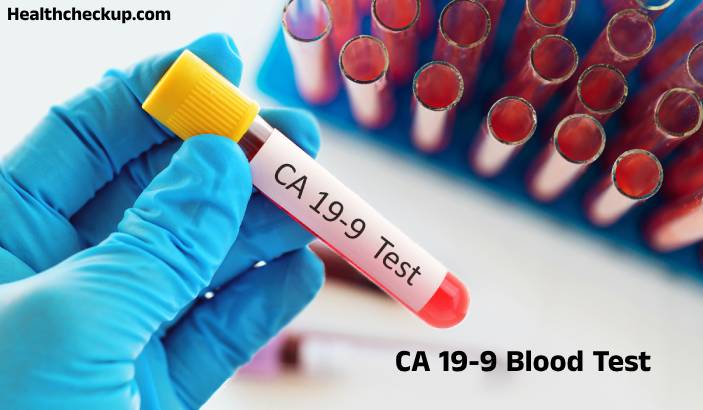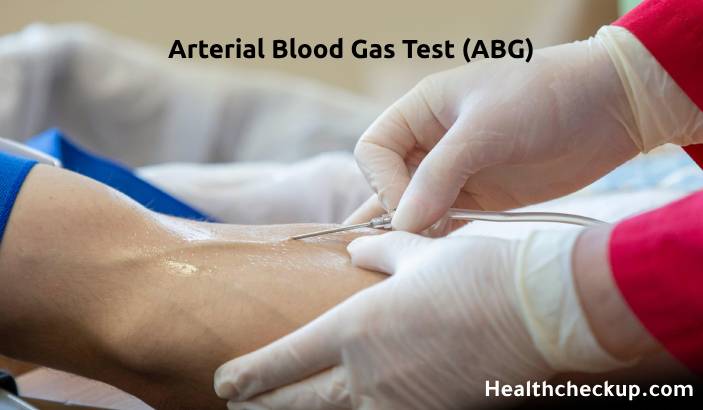The Anti-Müllerian Hormone (AMH) test is a blood test that provides valuable insights into a woman’s ovarian reserve or the number of viable eggs remaining in her ovaries. It is becoming increasingly popular among women who are concerned about their fertility potential, those experiencing fertility issues, or individuals considering fertility treatments. This guide aims to provide an in-depth look at the AMH test, including its purpose, preparation, procedure, interpretation of results, and associated risks.
Purpose of the Anti Mullerian Hormone Test
- Assessment of Ovarian Reserve: AMH levels are a key indicator of a woman’s remaining egg supply.
- Fertility Planning: Helps women understand their fertility status when planning for pregnancy in the near future or later.
- Evaluating Risks of Ovarian Hyperstimulation: Essential for women undergoing IVF treatment as it helps predict how the ovaries might respond to fertility drugs.
- Diagnosing Ovarian Health Issues: Useful in diagnosing conditions like polycystic ovary syndrome (PCOS) or premature ovarian failure.
Preparation for the Anti Mullerian Hormone Test
- No Fasting Required: There are no specific preparation requirements such as fasting; the hormone levels are stable and can be tested any day of your menstrual cycle.
- Medication and Health History: Inform your doctor about any medications, herbal supplements, or recent illnesses, as some conditions might influence the hormone levels.
- Schedule Flexibility: The test can be conducted at any time during the menstrual cycle, offering flexibility in scheduling.
Procedure of the Anti Mullerian Hormone Test
- Blood Sample Collection: A small sample of blood is drawn from a vein, typically in the arm.
- Quick and Simple: The procedure to draw blood is swift and simple, usually completed within minutes.
- Standard Laboratory Analysis: The sample is sent to a laboratory where the AMH levels are measured using a specific immunoassay technique.
Normal Range
- Varies by Age: AMH levels naturally decrease as a woman ages. The typical range can vary widely depending on age and individual health factors.
- Interpreting Levels:
- High AMH levels can indicate a good ovarian reserve or conditions like PCOS.
- Low AMH levels might suggest a reduced ovarian reserve, which could be a concern for those wanting to conceive naturally or through IVF.
Results Interpretation
- Fertility Assessment: High levels generally suggest a greater number of remaining eggs, potentially indicating higher fertility.
- Low AMH Levels: May indicate diminished ovarian reserve, useful in counseling for fertility planning or interventions.
- Further Testing: Depending on the results, additional fertility tests or consultations might be recommended.
Risks Associated with the Anti Mullerian Hormone Test
- Minimal Risks: As with any blood test, there are minimal risks involved, such as bruising, bleeding, or pain at the injection site.
- Emotional Impact: Receiving unexpectedly low or high AMH levels can be emotionally distressing, emphasizing the need for supportive counseling.
Conclusion
The Anti Mullerian Hormone test is a crucial tool in modern reproductive medicine, providing essential data about a woman’s fertility potential. By measuring AMH levels, women and their healthcare providers can make informed decisions about family planning, address fertility issues more effectively, and manage expectations regarding fertility treatments.
Whether you are considering starting a family soon, exploring fertility treatments, or just curious about your reproductive health, the AMH test can offer the insights needed to guide your decisions. It’s important to discuss the results and next steps with a fertility specialist or your healthcare provider to fully understand the implications of your AMH levels and to plan appropriately based on your individual circumstances and goals.
In summary, while the AMH test is an important diagnostic tool with minimal physical risks, its emotional implications should not be underestimated. Adequate preparation, understanding the procedure, and professional guidance in interpreting the results are essential to utilizing this test effectively within the broader context of reproductive health and planning.








